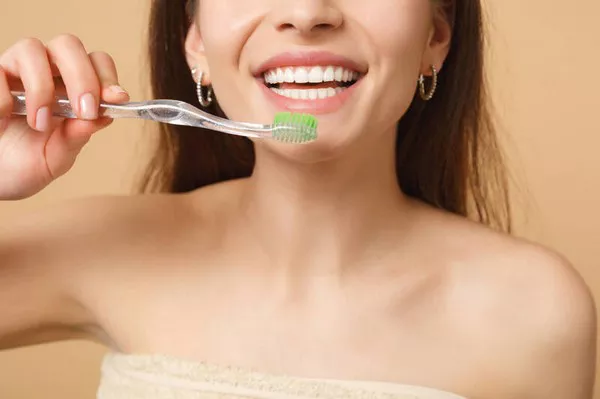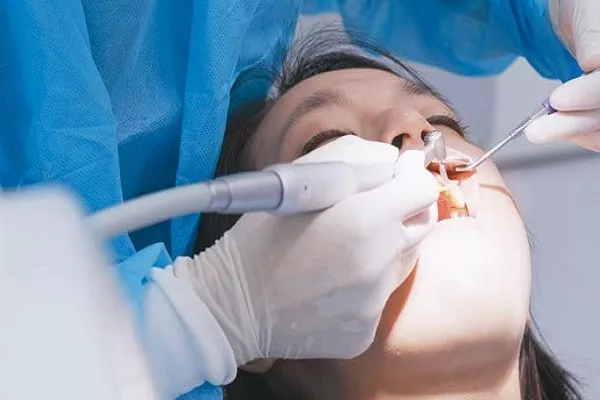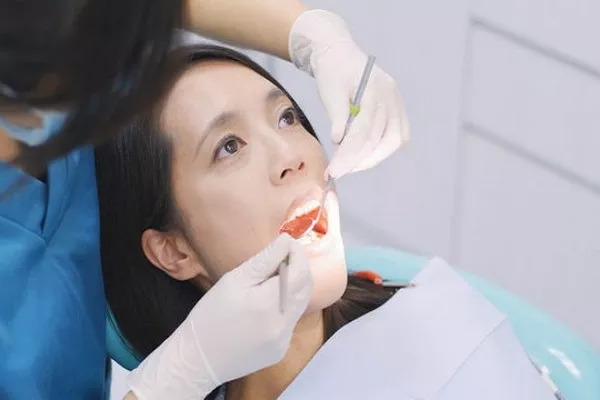Oral hygiene is a vital part of maintaining overall health, and instilling good dental habits in children is essential for their lifelong well-being. As parents and caregivers, it’s natural to wonder whether children should use the same dental instruments as adults for teeth cleaning. In this article, we will explore the considerations surrounding this question, delve into the unique needs of children’s oral care, and provide insights into the appropriate dental instruments for young dental patients.
Understanding Children’s Dental Needs
Children’s dental needs differ from those of adults for several reasons:
Primary (Baby) Teeth: Children start with a set of primary teeth, often referred to as baby teeth, which eventually fall out as permanent teeth emerge. These primary teeth require specific care and attention.
Mouth Size and Development: Children’s mouths are smaller than those of adults, and their dental anatomy is continuously developing as they grow.
Oral Hygiene Habits: Establishing good oral hygiene habits in childhood is critical for a lifetime of healthy teeth and gums.
Oral Health Education: Children may not fully understand the importance of dental care, so it’s essential to teach them about proper oral hygiene from an early age.
Dietary Choices: Children’s diets often consist of more sugary foods and beverages, increasing the risk of tooth decay.
Instruments for Children’s Dental Care
To ensure effective and comfortable dental care for children, it’s common for dental professionals to use specialized instruments and techniques. Here are some of the key instruments and considerations:
Toothbrushes: Children should use age-appropriate toothbrushes with soft bristles and smaller heads that fit comfortably in their mouths. Child-friendly toothbrushes often feature colorful designs and characters to make brushing more appealing to young patients.
Toothpaste: Children’s toothpaste is formulated with lower fluoride levels than adult toothpaste to prevent fluorosis, a condition that can occur with excessive fluoride intake. It is crucial to use a pea-sized amount of toothpaste for young children.
Flossing Tools: Dental floss or flossing tools designed for children are available to help clean between their teeth. These tools are easier for children to handle and navigate.
Sealants: Dental sealants are thin, protective coatings applied to the chewing surfaces of molars to prevent cavities. Sealants are often recommended for children as a preventive measure.
Fluoride Treatments: Some children may benefit from professional fluoride treatments to strengthen their teeth and make them more resistant to decay.
Child-Friendly Atmosphere: Creating a child-friendly atmosphere in the dental office is crucial to ensuring children feel comfortable and safe during their visits. Pediatric dentists are trained to provide specialized care for young patients.
Education: Dental professionals take the time to educate children and their parents about proper oral hygiene practices, including brushing, flossing, and dietary choices.
Transition to Adult Instruments
As children grow and their dental anatomy matures, they will gradually transition to using adult dental instruments. This transition typically occurs when their permanent teeth are fully in place, usually by their late teens. At this point, they can use adult toothbrushes, toothpaste, and dental floss.
It’s essential to monitor your child’s dental development and consult with a pediatric dentist to determine the right time to make the transition to adult dental instruments. Additionally, maintaining regular dental check-ups allows the dentist to assess your child’s oral health and provide guidance on appropriate oral care practices.
The Role of Parents and Caregivers
Parents and caregivers play a crucial role in children’s oral hygiene. Here are some tips for ensuring your child’s dental care is on the right track:
Supervise Brushing: Young children may lack the dexterity to brush their teeth effectively. Supervise their brushing to ensure they are reaching all areas of their mouth.
Set a Routine: Establish a daily routine for oral care that includes brushing, flossing, and regular dental check-ups.
Healthy Diet: Encourage a balanced diet that limits sugary snacks and beverages, as these can contribute to tooth decay.
Lead by Example: Children often learn by example. Show them your commitment to oral hygiene to inspire good habits.
Regular Dental Visits: Schedule regular dental visits for your child to monitor their oral health and receive professional guidance.
Conclusion
Children have unique dental needs that require specialized instruments and care. It’s essential for parents and caregivers to work with dental professionals to ensure their child’s oral hygiene routine is appropriate for their age and development. By using age-appropriate instruments, emphasizing proper oral care habits, and seeking regular dental check-ups, parents can help their children maintain healthy smiles and set the foundation for a lifetime of good oral health.
Related Topics:































